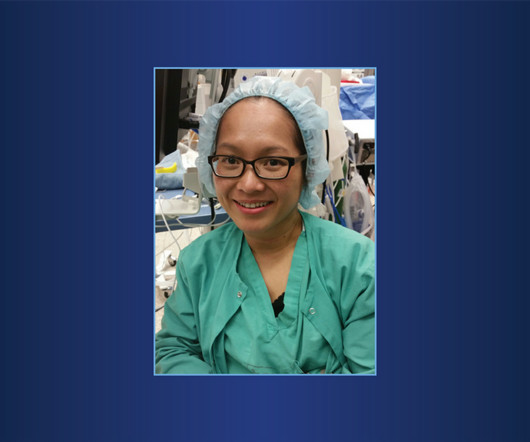Comparing CRNAs to Other APRNs
Nashville Anesthesia Professionals
JUNE 3, 2024
There are four classes of APRNs: certified nurse midwife (CNM), clinical nurse specialist (CNS), certified nurse practitioner (CNP), and certified registered nurse anesthetist (CRNA). CNS providers are often involved in educational programs to improve nurse performance, patient outcomes, and bedside nursing.












Let's personalize your content